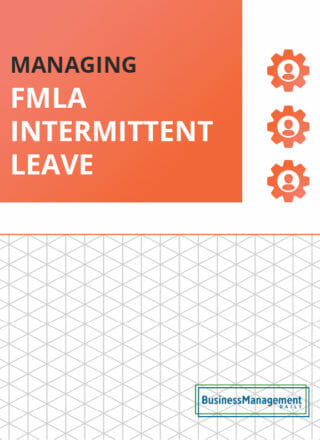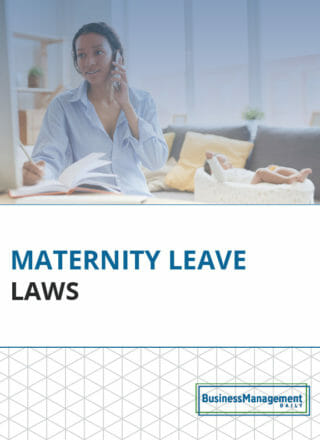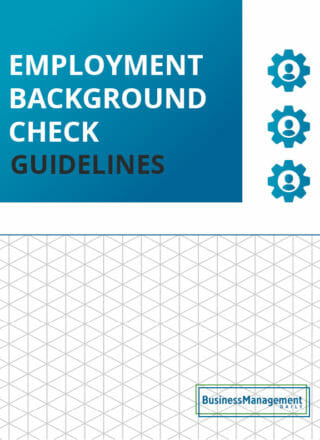NLRB says the contract doesn’t determine independent contractor status
Locking down the definition of an independent contractor can be challenging because the definition bounces around depending on the federal agency. Decisions issued by the National Labor Relations Board tend to bounce more than others, because the NLRB tends to be a bit more political than, say, the Department of Labor.
So we’re left with following the bouncing ball once again. The NLRB’s latest turn in defining who independent contractors are scraps its previous definition, which was heavy on entrepreneurial opportunity for gain or loss, calling it an “animating factor,” and reinstates its traditional 10-factor test.
A night at the opera
When you go to the opera, or any live performance, what you see isn’t all that’s going on. There are stagehands who move the sets around between acts, set designers, carpenters, electricians and lighting designers, wig and costume designers, and makeup artists, and we haven’t even gotten to the musicians.
The Atlanta Opera is no different. It employs directors who choose the wig and makeup designer, who works with a wig and makeup department head, who seeks out qualified hair, wig, and makeup stylists. At the Atlanta Opera, one person was hired as the wig and makeup designer and the wig and makeup department head. Her contract with the company stated she was an independent contractor. Stylists she chose agreed to an hourly pay rate and were also considered independent contractors, a classification they later disputed.
The company sang a different tune, of course. It said the stylists were independent contractors because they had significant entrepreneurial characteristics, based on their overall ability to choose when and where to work, the freedom to accept or reject opportunities, and short-term single-production commitments.
The regional director of the NLRB concluded the stylists were employees:
- They didn’t choose where and when they would work.
- They had little independent authority over the details of their work.
- They didn’t supply equipment or tools.
- Their work was part of the employer’s regular business.
- They didn’t provide services to the employer as independent businesses.
- They lacked entrepreneurial opportunities and took no risks in their work for the employer.
The NLRB agreed with this analysis and went further by reinstating what it calls its traditional 10-factor test.
The case is The Atlanta Opera, Inc. and Make-Up Artists and Hair Stylists Union, Local 798, IATSE.
Intermission
This isn’t just a matter of the NLRB recognizing members of a bargaining unit; it impacts you directly. The DOL and NLRB have signed a memorandum of understanding, which allows either agency to pass along information to the other. Worker classification is a motivating factor behind the MOU.
Whether a worker is an employee or independent contractor always depends on your right to control the individual’s work; actual control isn’t necessary. A worker’s status is never determined based on the contract they sign with you. The IRS is really clear about this and so is the DOL.
The DOL issued proposed regulations defining who are employees and independent contractors. Its factors hew closely to the factors set out by the U.S. Supreme Court beginning in the 1940s. Final regulations were slated for an August release, but the DOL has indicated the regs will be ready for prime time by October.





